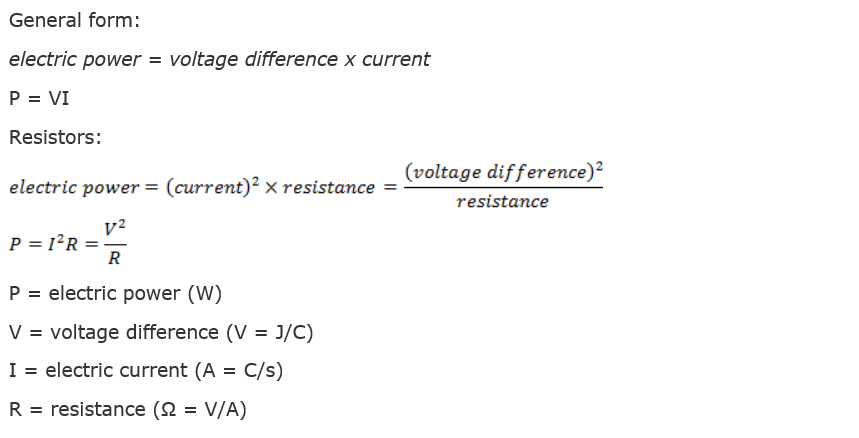Hey guys, I'm completely new to keeping snakes and am looking at making my first enclosure.
Right now I'm torn between hiring an electrician to wire it up for me or just using premade components that don't need further wiring.
I'm making my enclosure out of a 5ft long cabinet for a BHP, and I was wondering if I get a Microclimate B1ME thermostat can I attach the ceramic AND the infra red fitting to it using a plug splitter? Will it dim both heat sources or only one? Will it be overloaded? Do I only need to attach the ceramic to the thermostat and just use a timer on the infra red like I will on the UV bar?
Every time I learn something new about reptile keeping I am only filled with more questions...
Right now I'm torn between hiring an electrician to wire it up for me or just using premade components that don't need further wiring.
I'm making my enclosure out of a 5ft long cabinet for a BHP, and I was wondering if I get a Microclimate B1ME thermostat can I attach the ceramic AND the infra red fitting to it using a plug splitter? Will it dim both heat sources or only one? Will it be overloaded? Do I only need to attach the ceramic to the thermostat and just use a timer on the infra red like I will on the UV bar?
Every time I learn something new about reptile keeping I am only filled with more questions...




